Equipment
Gear Junkie 101: An introduction to wedge bounce and grinds
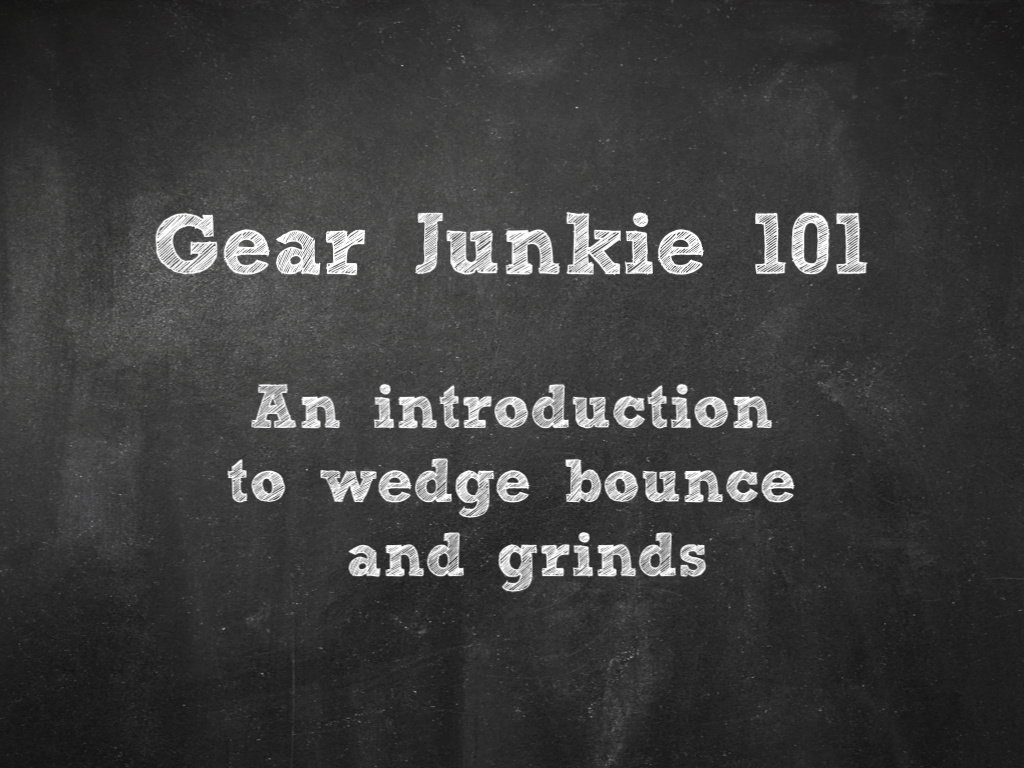
Since I designed my first line of wedges in the late 1980s, I can confidently say that I have interacted with close to a hundred thousand golfers–whether through countless phone calls, to the thousands of golfers I’ve engaged personally, to the online wedge-fitting platforms I have created, to the near-decade of writing my blog as “The Wedge Guy.”
Through all those engagements with golfers of all skill levels, the most frequent topic of conversation, confusion, and exasperation has to be the subject of bounce and grinds on wedges. And it’s no wonder, with the mind-boggling array of bounce/grind/loft combinations offered by the major and minor brands who engage in the wedge category.
I was honored that GolfWRX turned to me to write the first article in their sure-to-be-a-hit series called “Gear Junkie 101.” My goal with this examination of bounce and grinds is to help you develop a complete, and maybe slightly different understanding, of just how the sole of your wedges works and how to tackle the difficult process of finding what specific sole design will work best for you on a day in and day out basis.
What is bounce?
So, let’s start with a basic definition of “bounce.” Very simply, bounce is the downward angle of the sole of a wedge (or any golf club actually) from the leading edge to the trailing edge, measured in degrees from the pure horizontal plane (i.e. the turf). Typically, the bounce angle as it applies to wedges ranges from mid-single digits (5-8 degrees) to the mid-teens (12-15 degrees). It should make sense that the higher the degree of bounce, the more the sole of the club will tend to be “rejected” by the turf.
That’s pretty straightforward, but the subject is anything but that simple.
The “effective bounce” of a wedge is a function of both that measured bounce angle and the width of the sole. For example, a narrow sole with 12 degrees of bounce might perform almost the same as a wider sole with 8 degrees of bounce. In today’s marketplace, there are narrow sole wedges with bounce angles as high as 30-40 degrees, while the early lob wedges had very wide soles and claimed bounce angles of almost zero (they really were not that, of course). Since you are always making some degree of a descending blow to the golf ball, a negative bounce wedge would be more of a shovel than a wedge. Oh, and if part of the sole has a “negative bounce,” where the sole’s surface slants back upwards from the plane of the turf, then that part of the sole is going to have a very minimal effect on turf interaction.
If a picture is worth 1,000 words, this image from golfguideforbeginners.com is certainly helpful.
What are wedge grinds?
Now we can add to this expanding high/low bounce equation the myriad of various “grinds” available to golfers by the numerous companies engaged in the manufacture and marketing of wedges. From the custom world, the options are practically endless, and it appears most of them stem from detailed work with specific tour professionals (more on that later). Some like a sharper leading edge, while others want it more rounded. Some like a pretty straight leading edge, while others prefer some curvature from heel to toe. The options are practically endless when you are standing next to the guy on the wheel actually doing the grinding.
They also talk about “toe relief”, “heel relief” and a nearly whole alphabet of specific grinds – ‘C’, ‘K’, etc. But all these are proprietary references by the manufacturers, and there are no set of “standards” as to what each grind really is. That makes it tough on golfers to figure out what will serve you best. The market leader alone offers at least six different “stock” grinds, and other brands have their own countless variations as well. So how do you make sense of all that and choose the sole design that will serve you best?
I will share that, in my experience, only the very best golfers can really tell the difference between grinds and sole designs that differ only slightly from one another. Because tour players spend thousands of hours honing their wedge skills, they can feel things that are barely measurable. And, of course, the major brands bend over backwards to accommodate their staff professionals. These guys and ladies can fully appreciate the subtle nuances of one wedge to another that might look identical to an untrained eye. A one- or two-degree difference in bounce, or a sole width that is only 50 thousandths of an inch wider or narrower can make a difference to these elite players. But then, they get to test and try wedges provided to them for free, so they can experiment all they want, can’t they?
Leading edge, trailing edge, and heel grinds on Tiger Woods’ 56-degree TaylorMade MG2 wedge.
It has been my observation that even the very best recreational golfers typically do not approach this acute level of skill, but I have seen some that can detect differences that would escape notice of even active recreational golfers of more “average” skills.
I’ll get a bit skeptical here in saying that I have long challenged the notion that bounce can be accurately “fitted” through a simple examination of your swing path and/or the turf. My difficulty with that premise stems from those extensive golfer engagements wherein the vast majority of golfers–regardless of handicap–revealed to me that both turf conditions and their swing path are constantly changing. Hmmmm. Then how could you possibly “fit” either variable? That would be like trying to buy a pair of shoes if your feet were different sizes every day, wouldn’t it?
But you have to start somewhere to sort through the wilderness of bounce angles and grinds, so, let me offer you my advice and see if that can’t help you through the process.
First of all, I believe that the potentially negative effect of the “wrong” bounce is much less on full swing shots than it is on the short delicate shots around the greens–clubhead speed can make up for a lot. Unless the bounce angle of the wedge is just a terrible match to your most common full swing path, I think “close is good enough” in this aspect. In general, however, I think if you play the usually lush turf of the northern U.S., you will benefit from a more aggressive bounce and/or wider sole than if you play the typically tighter turf of the south and southwest.
Please understand that is a generalization, however.
Secondly, I do not believe you can fit bounce off of artificial turf, as even the best mats do not really imitate the real thing, where you will encounter different grasses, grain against and/or with your shot direction, etc. There is simply no substitute for trying different bounce options on the course itself, hitting shots you face regularly from the variety of turf conditions you encounter on a round-in, round-out basis. If you are serious about trying to get the right wedge, you simply have to hit a wide variety of shots with it (or one like it) to see how it performs under all conditions and shot types.
So, if you were looking for a shortcut, I just do not have one. In my opinion, to accurately evaluate any of the various bounce angles and grinds in search of the best wedges for YOU, you must take them to your course and hit the shots you hit regularly to see how they react to YOUR technique and conditions. In this wedge trial and testing process, put most of your focus on your bunker shots and a variety of short shots around the greens. Dollars to donuts says that this process will allow you to find one or two bounce/grind combinations that separate themselves from the pack as best FOR YOU.
Hey, this is golf, and if it was easy, everyone would do it, right?
- LIKE173
- LEGIT35
- WOW8
- LOL4
- IDHT1
- FLOP8
- OB4
- SHANK17
Equipment
A shocking Backstryke putter appearance + 7 interesting gear photos from the Zurich Classic
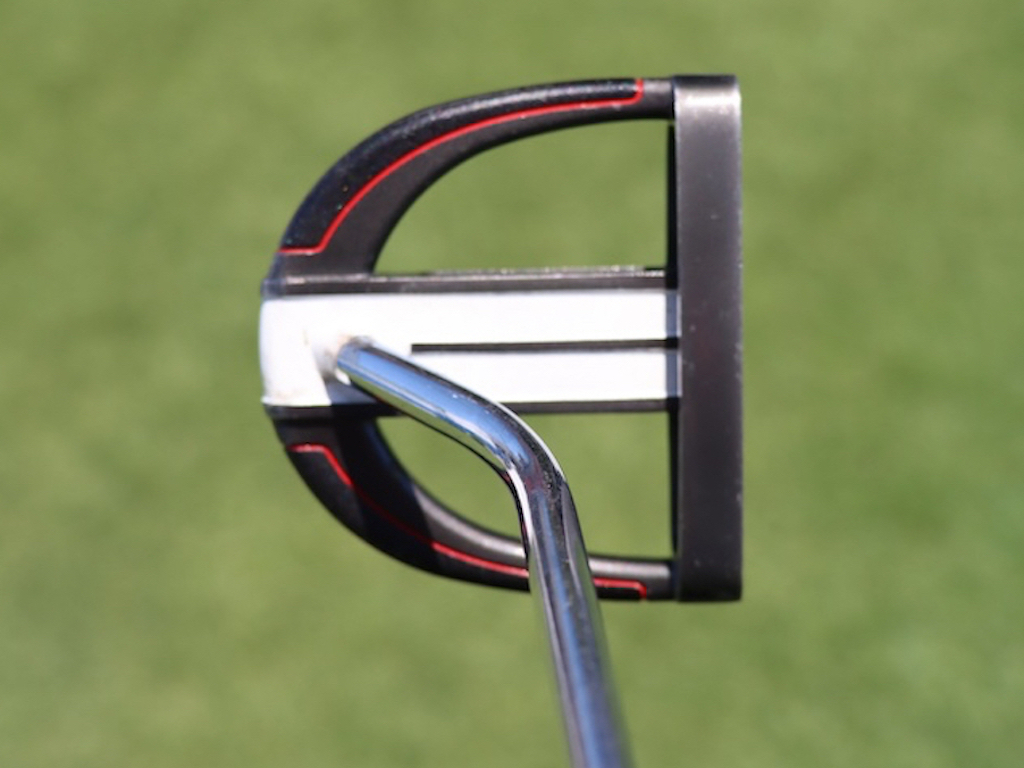
Welcome to New Orleans, where TPC Louisiana plays host to the 2024 Zurich Classic. In between breakfast beignets and nightly Creole feasts, PGA Tour players are also competing in the unique two-man format at the Zurich this week.
Although the vibes in Nawlins are a bit lighter-fare than the recent back-to-back competitions the Masters and the RBC Heritage signature event), the gear news was no less serious this week.
We spotted some recent changes from Rory McIlroy, a very rare Odyssey Backstryke putter, dove into the bag of legendary New Orleans Saints quarterback Drew Brees, and spotted Patrick Cantlay continuing to test new equipment.
Get your beads out and crack your crawfish, because it’s time for an equipment rundown from The Big Easy (meaning New Orleans, of course, not Ernie Els).
See all of our photos from the Zurich Classic here
Rory’s on-and-off lob wedge
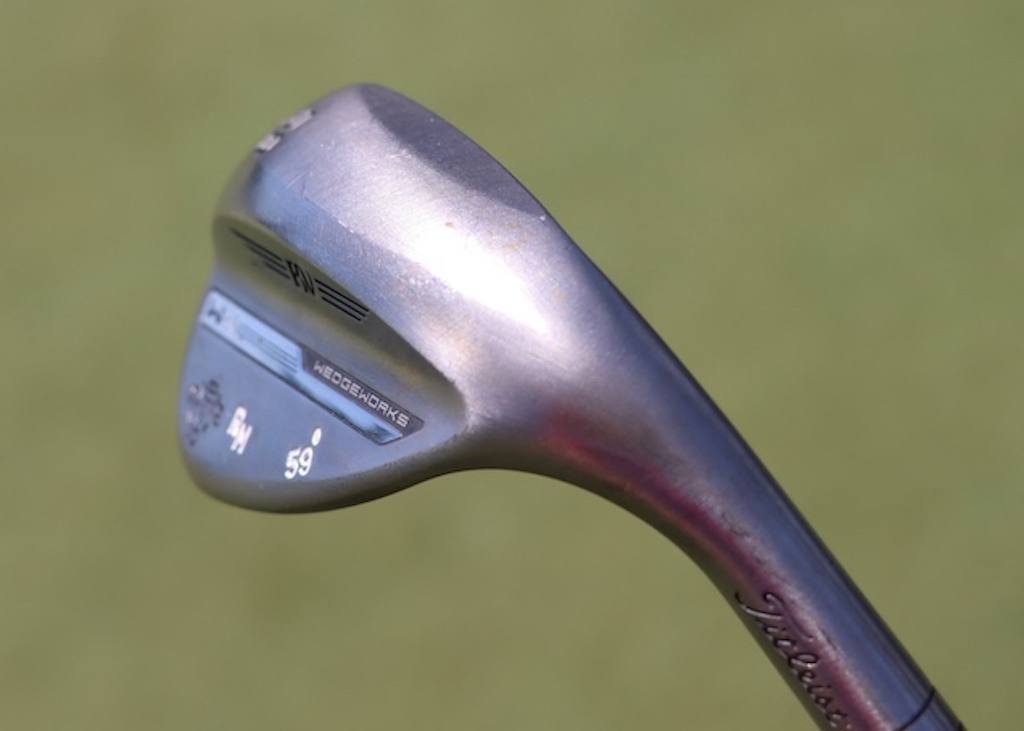
Since the end of 2023, Rory McIlroy has had an on-again, off-again relationship with a Titleist Vokey K-Grind lob wedge. In his last start, it was on, and the wedge is back in the bag again this week. We got a great look at the complicated grind that McIlroy uses.
View this post on Instagram
A full look into McIlroy’s bag above also shows that he switched out of the TaylorMade BRNR Mini Copper that he used at the RBC Heritage, and he’s back into the Qi10 core 3-wood. As we discussed last week, McIlroy will likely keep the BRNR around as a course-specific club, trading it in and out for the 3-wood.
See Rory McIlroy’s full 2024 WITB from the Zurich here
Turning Back the clock
Unless Tommy Gainey is in the field, it’s unlikely you’ll ever see Odyssey’s Backstryke technology make an appearance on the PGA Tour.
But then, when you least expect it, Russ Cochran shows up.
For more than a decade – since the 2013 Sony Open in Hawai’i – Cochran has been stuck on 599 PGA Tour starts. This week will be his 600th.
Cochran is in the field at the Zurich this week playing alongside Eric Cole, whose regular caddie is Reed Cochran, Russ’s son.
The Backstryke putter was first released back in 2010, and its unique design helps shift the axis point of the putter closer to the CG of the head. And, the putter is getting a nod this week at the Zurich Classic, thanks to Cochran’s 600th career PGA Tour start.
The putter is certainly awesome, but don’t forget to check out Cochran’s full WITB from this week.
Drew Brees with a Super Bowl winning Scotty Cameron putter
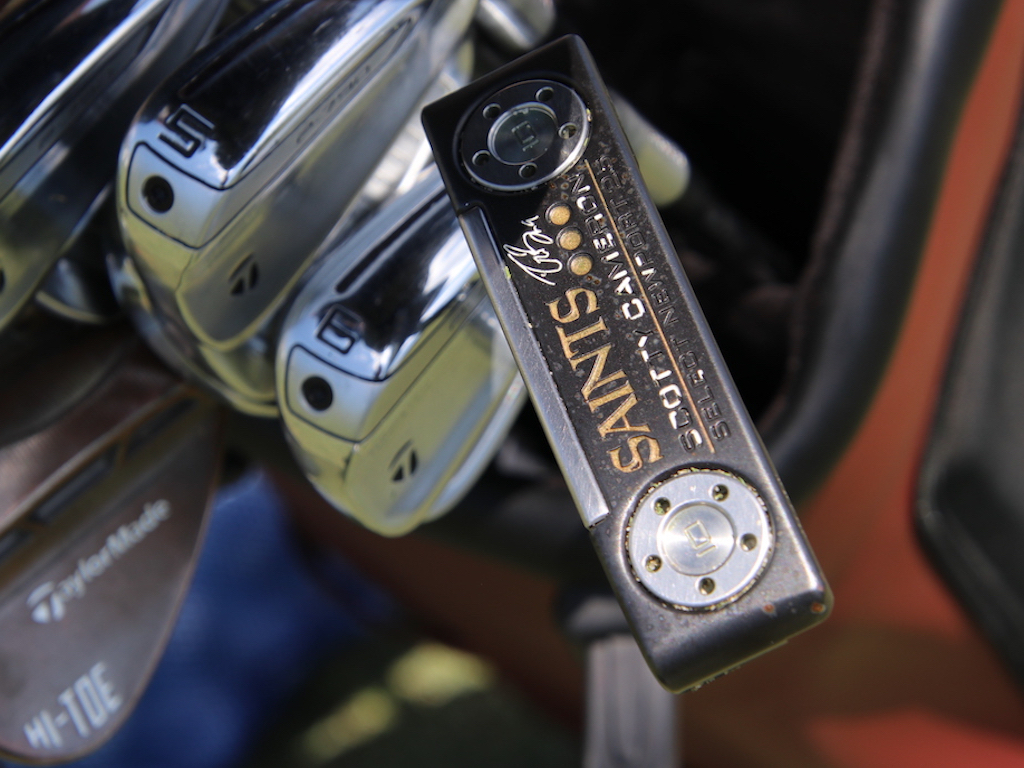
Drew Brees, a legendary retired quarterback for the hometown New Orleans Saints, made an appearance at the Zurich’s Wednesday Pro-Am, playing alongside Zach Johnson, Ryan Palmer, and current Saints QB Derek Carr.
Brees’ bag included a TaylorMade Stealth2 Plus driver, a BRNR Mini 13.5-degree, a Stealth 5-wood, a mixed set of P-790 and P-760 irons, Milled Grind Hi-Toe wedges, and a custom Scotty Cameron “New Orleans Saints” putter, which Scotty made for Brees following his Super Bowl MVP-winning performance in 2010.
View this post on Instagram
It should also be noted that Brees has his Venmo QR code as a bag tag.
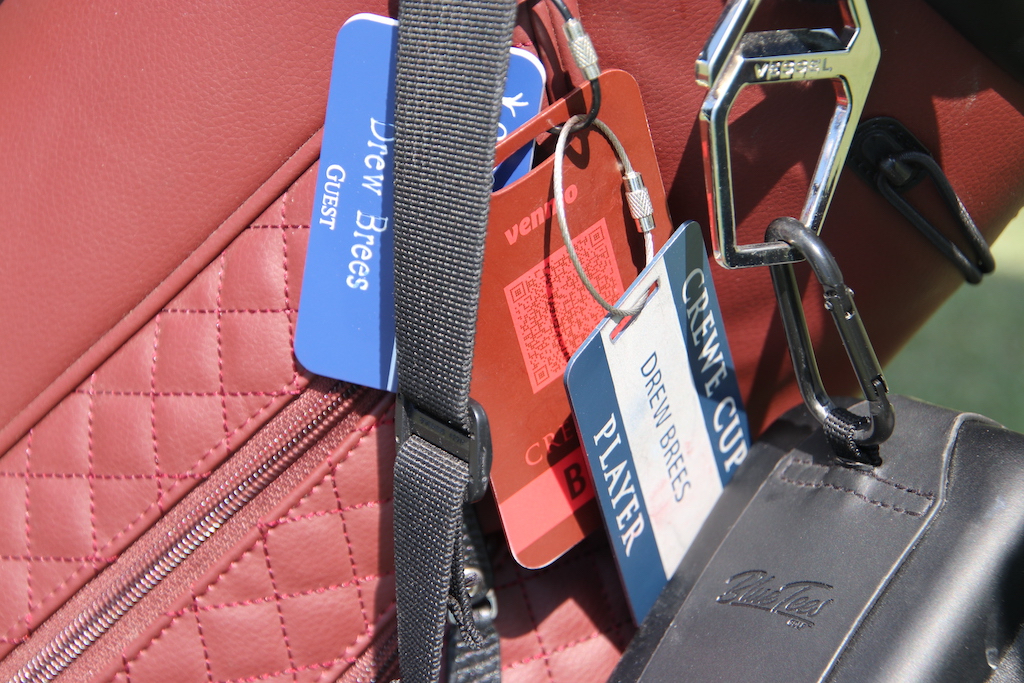
If you’re gambling with Brees on the course, just know that not having cash won’t work as an excuse.
Brilliant.
See Drew Brees’ full WITB from the Zurich here
Stricker’s unrecognizable putter
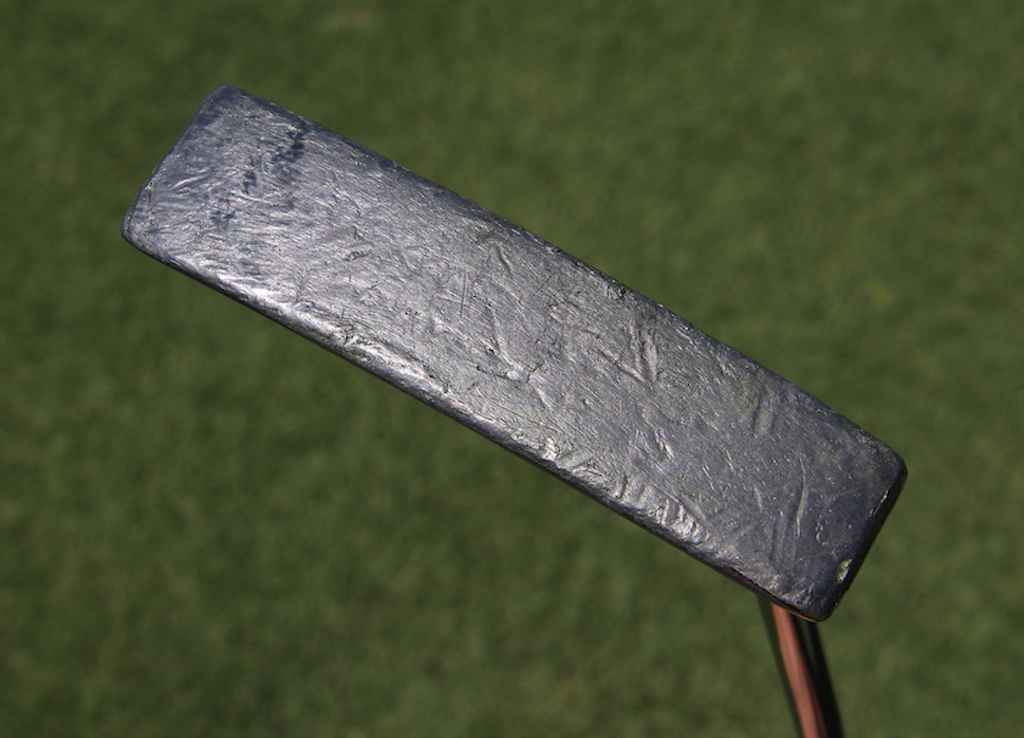
Steve Stricker has made numerous upgrades to his bag recently, including a new TSR3 driver and T100 irons, but his longtime Odyssey White Hot No. 2 putter is still going strong. It’s the most recognizable unrecognizable putter ever.
Here’s a better look at Stricker’s flatstick, which he started using back in 2007.
View this post on Instagram
Patrick Cantlay has opened the equipment-switching floodgates
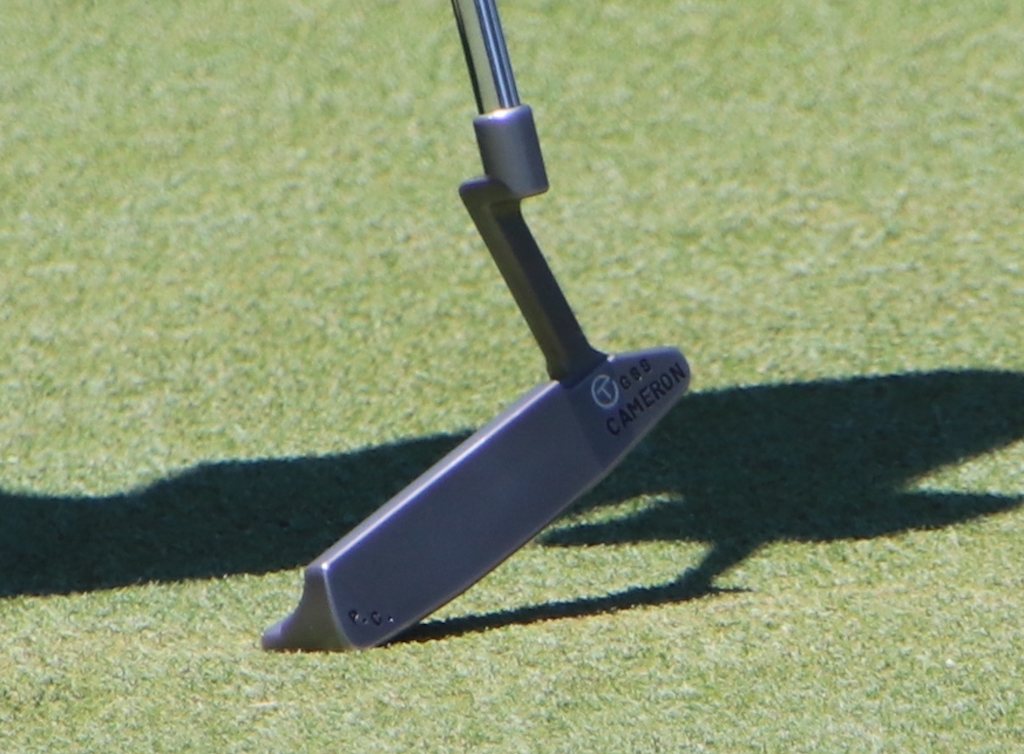
Over on the PGA Tour’s Equipment Report this week, we covered Cantlay’s recent switch into Ping Blueprint S irons, and a Titleist TSR2 driver.
Cantlay hadn’t switched irons for about seven years, so the iron switch he made at The 2024 Masters came as a shock to the norm. He simply isn’t one to change gear very often, so anytime Cantlay makes a switch, it’s news.
It seems the floodgates of equipment testing have opened up a bit for Cantlay, who was also spotted testing a custom Scotty Cameron blade putter on Tuesday this week. By Wednesday, Cantlay was back practicing with his familiar Scotty Cameron T5 Proto mallet, but it’s certainly something to keep an eye on going forward.
Daniel Berger’s custom Jailbird site lines
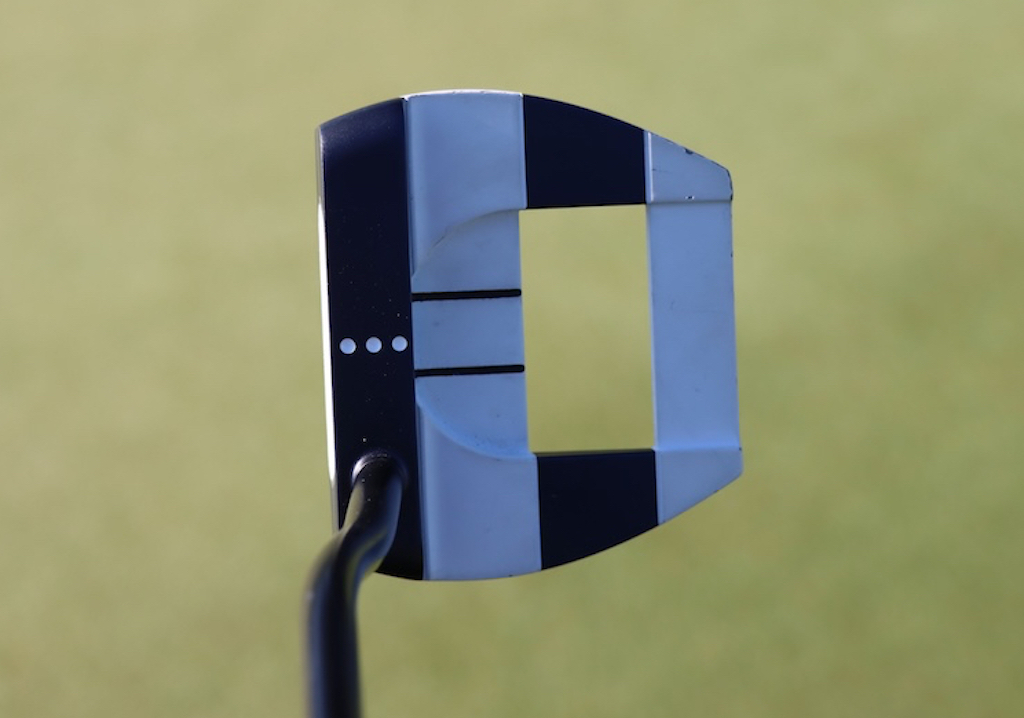
Berger, who’s currently using Odyssey’s Ai-One Mini Jailbird mallet putter, has a unique 3-dot, 2-line alignment on the crown of his navy-white-navy-white mallet putter. Looking down at the putter, it’s easy to see why this alignment system would help; it just seems impossible to set up to the ball off-center, or misaligned to the target.
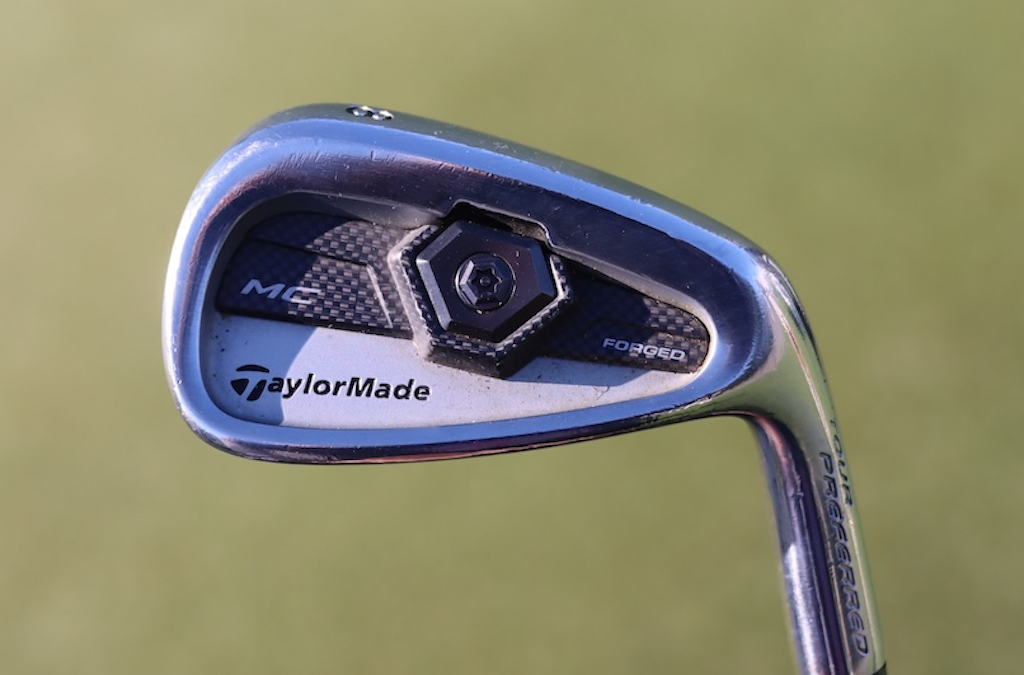
Also, for anyone worried, you can rest easy. Yes, he’s still playing the 2013 TaylorMade TP MC irons, which we highlighted in our recent “Modern Classics: Old vs. New” video testing series.
FitzMagic teams back up
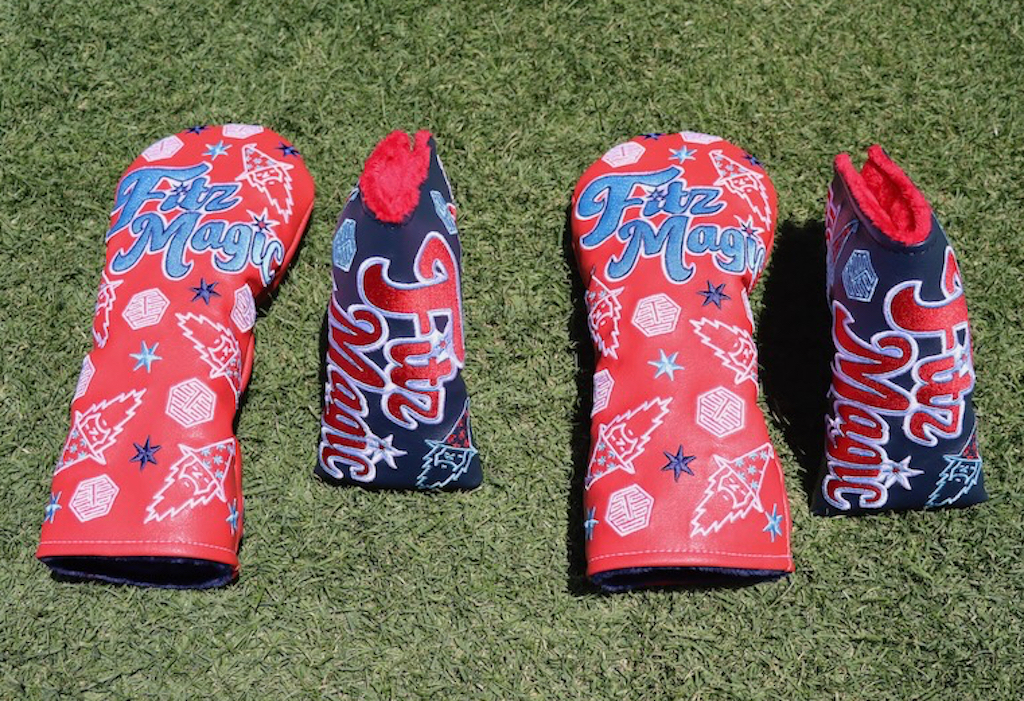
Brothers Matthew and Alex Fitzpatrick are teaming up once again at the Zurich this year, and Bettinardi Golf hooked them up with some festive “FitzMagic” headcovers to match this week.
See what else is in Alex Fitzpatrick’s WITB here
And, with that, we say goodbye to the Zurich Classic in New Orleans. Don’t forget to check out all of our photos from this week, including 30 unique photo galleries full of equipment photos.
We’ll see you next week in Texas for the 2024 CJ Cup Byron Nelson!
- LIKE8
- LEGIT0
- WOW0
- LOL0
- IDHT0
- FLOP0
- OB0
- SHANK0
Whats in the Bag
Alejandro Tosti WITB 2024 (April)
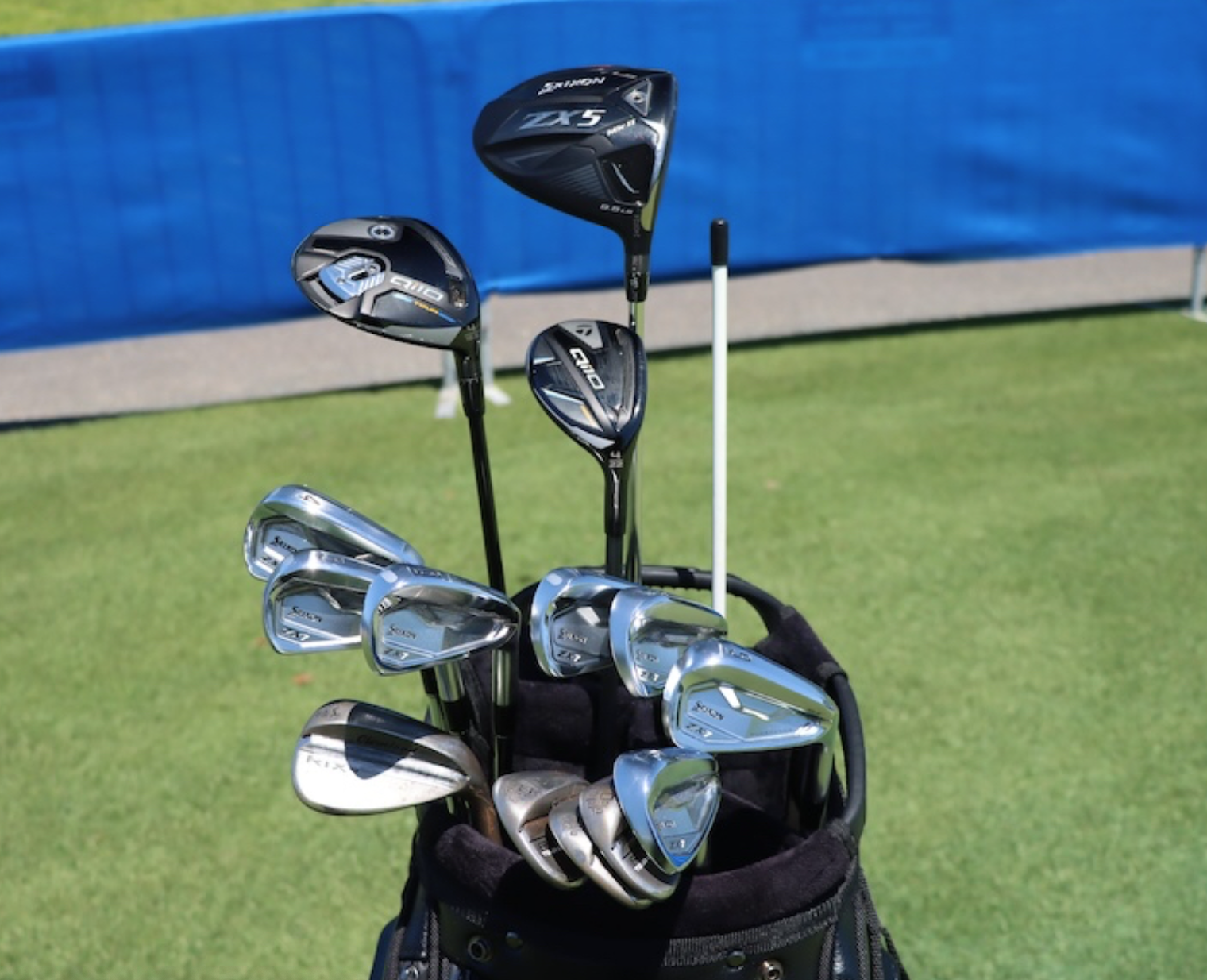
- Alejandro Tosti what’s in the bag accurate as of the Zurich Classic.
Driver: Srixon ZX5 Mk II LS (9.5 degrees @10.5)
Shaft: Project X HZRDUS T1100 75 6.5
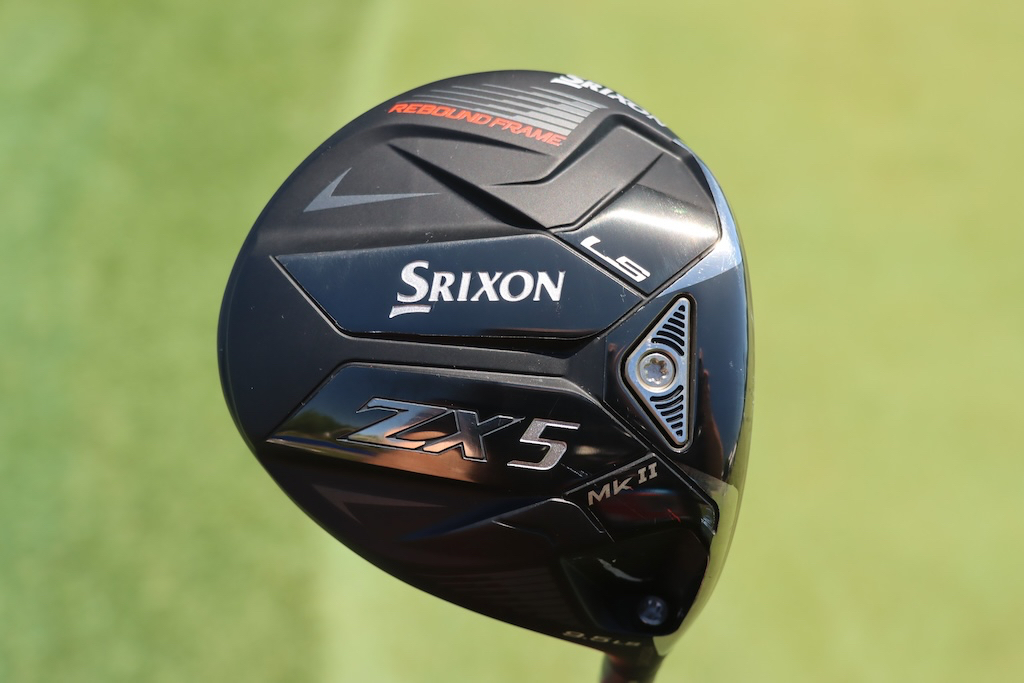
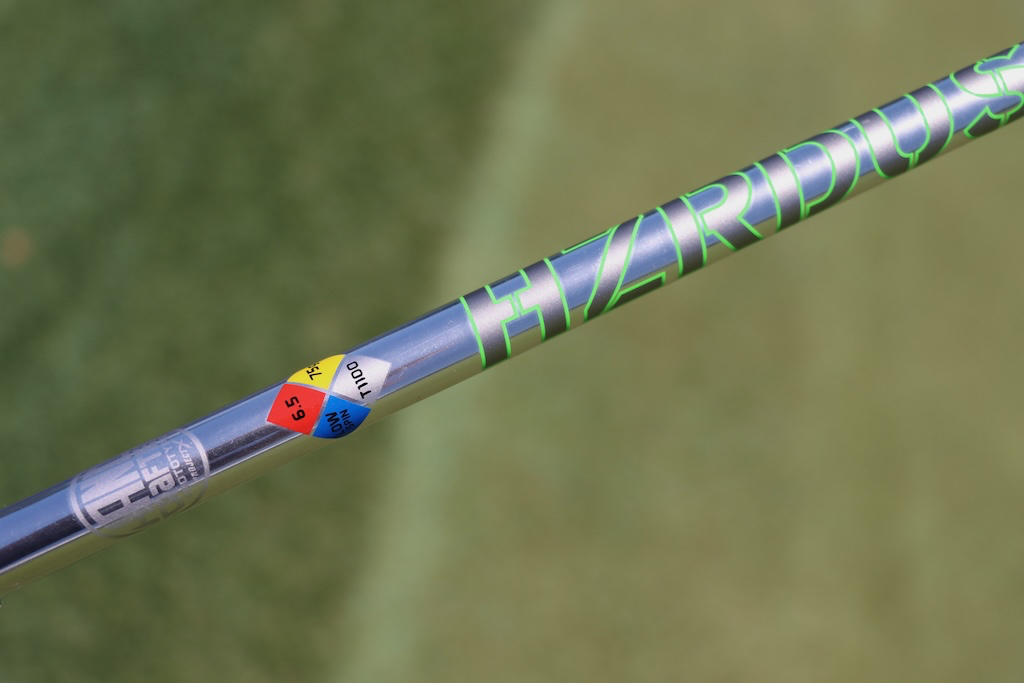
3-wood: TaylorMade Qi10 Tour
Shaft: Project X HZRDUS Black 80 TX
Hybrid: TaylorMade Qi10 Tour Rescue (22 degrees)
Shaft: Project X HZRDUS Smoke Black RDX 6.5 100
Irons: Srixon ZX7 Mk II (4-PW)
Shafts: True Temper Dynamic Gold Mid Tour Issue X100
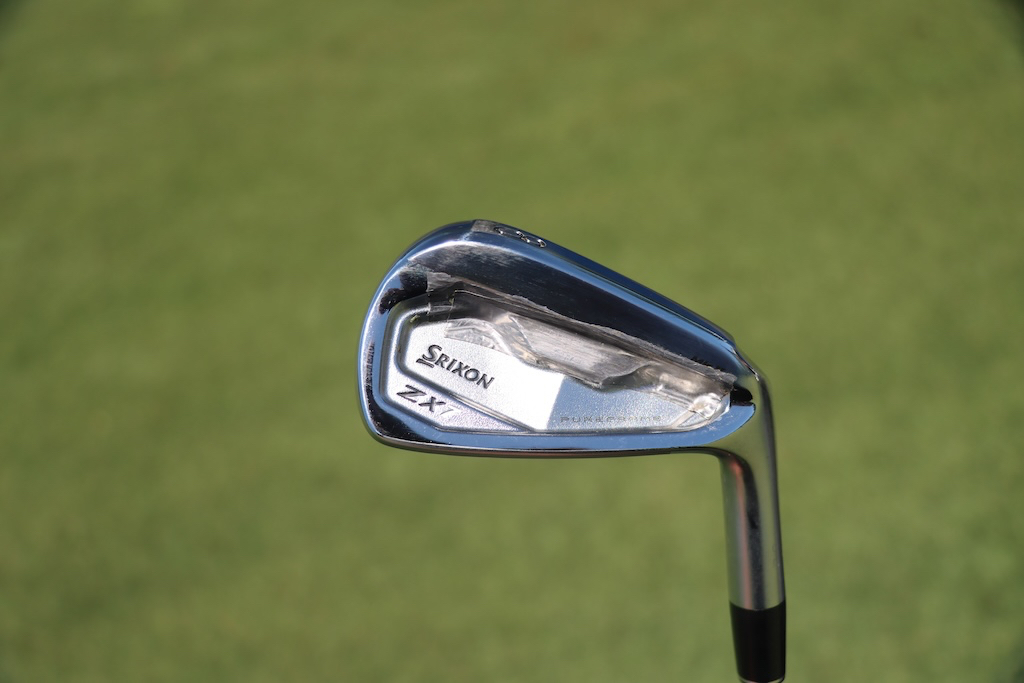
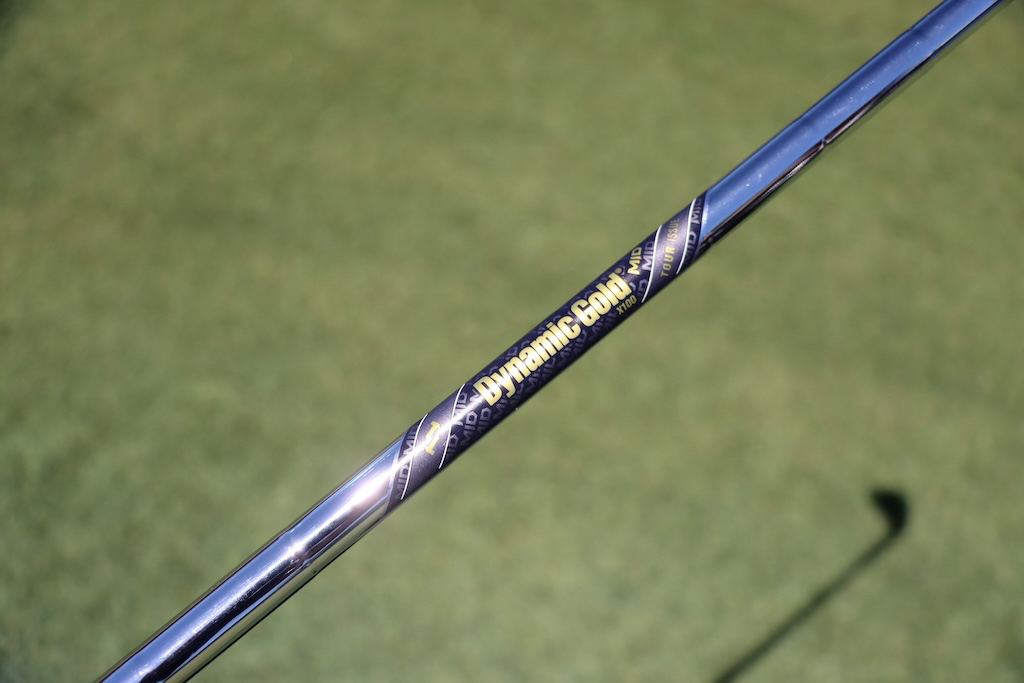
Wedges: Cleveland RTX6 ZipCore Tour Rack (50-10 MID, 54-10 MID, 58-10 MID, 60-06 LOW)
Shafts: True Temper Dynamic Gold Mid Tour Issue X100, S400
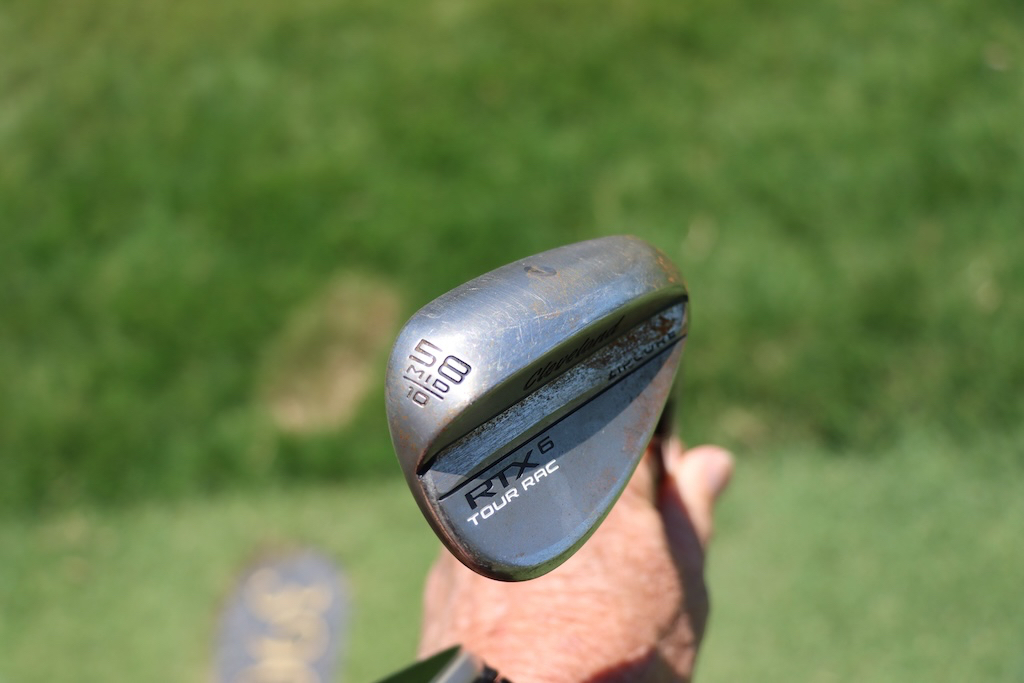
Putter: Scotty Cameron
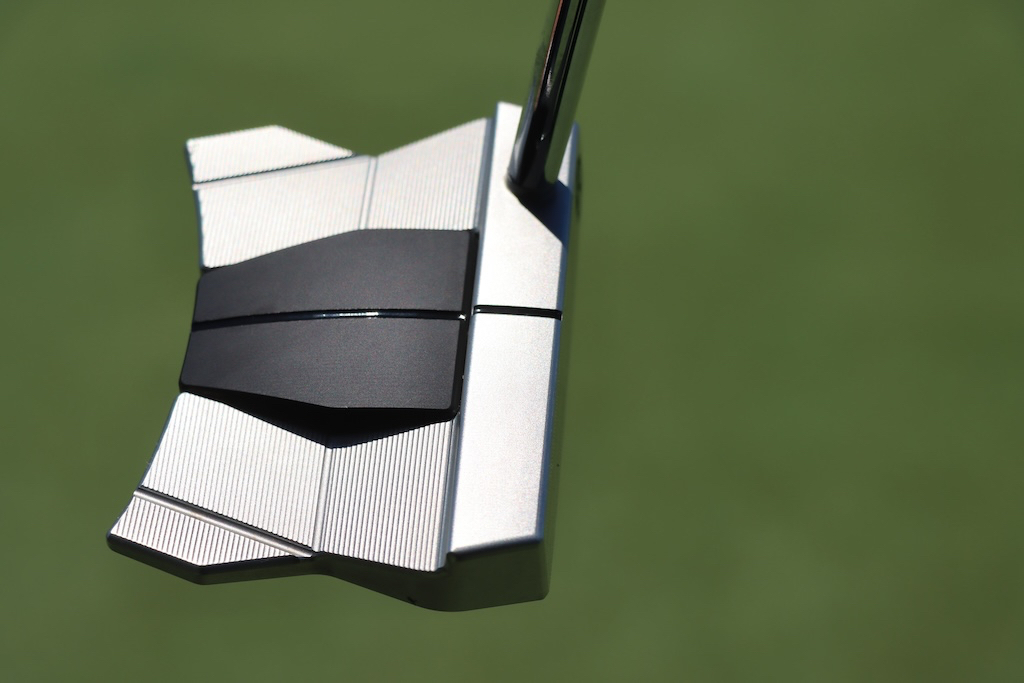
Grips: Golf Pride MCC Plus4
Check out more in-hand photos of Alejandro Tosti’s WITB in the forums.
- LIKE2
- LEGIT0
- WOW0
- LOL0
- IDHT0
- FLOP0
- OB0
- SHANK0
Whats in the Bag
Drew Brees WITB 2024 (April)
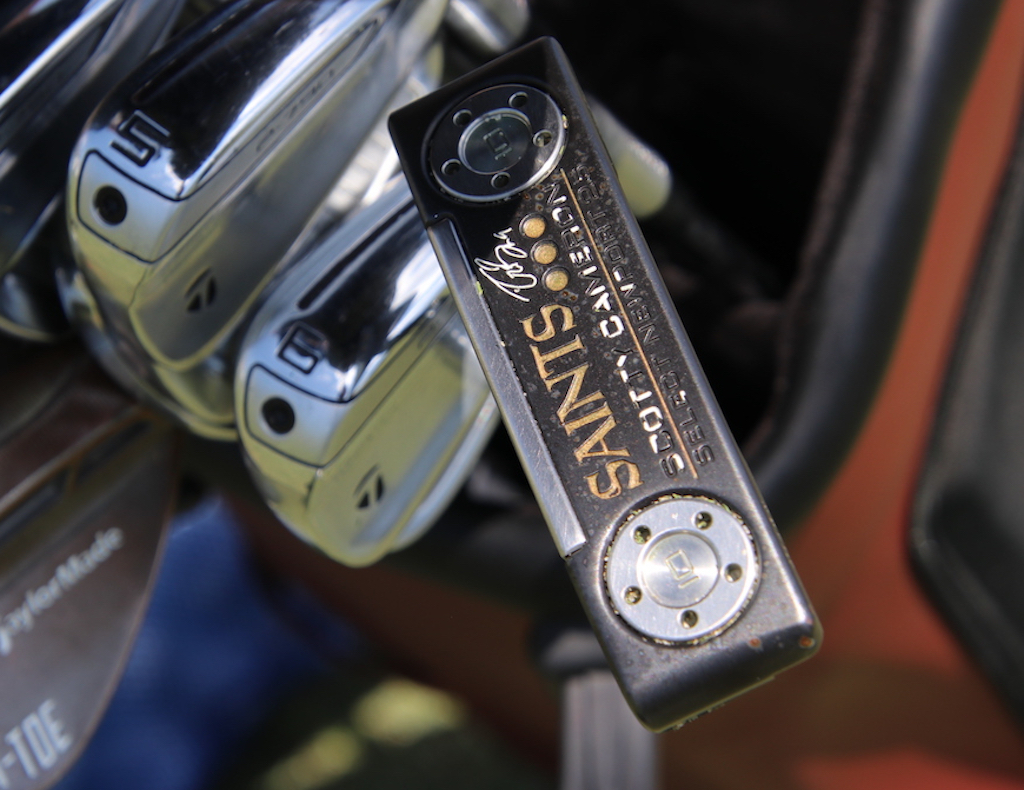
View this post on Instagram
Driver: TaylorMade Stealth 2 Plus (10.5 degrees)
Mini driver: TaylorMade BRNR Mini Copper (13.5 degrees)
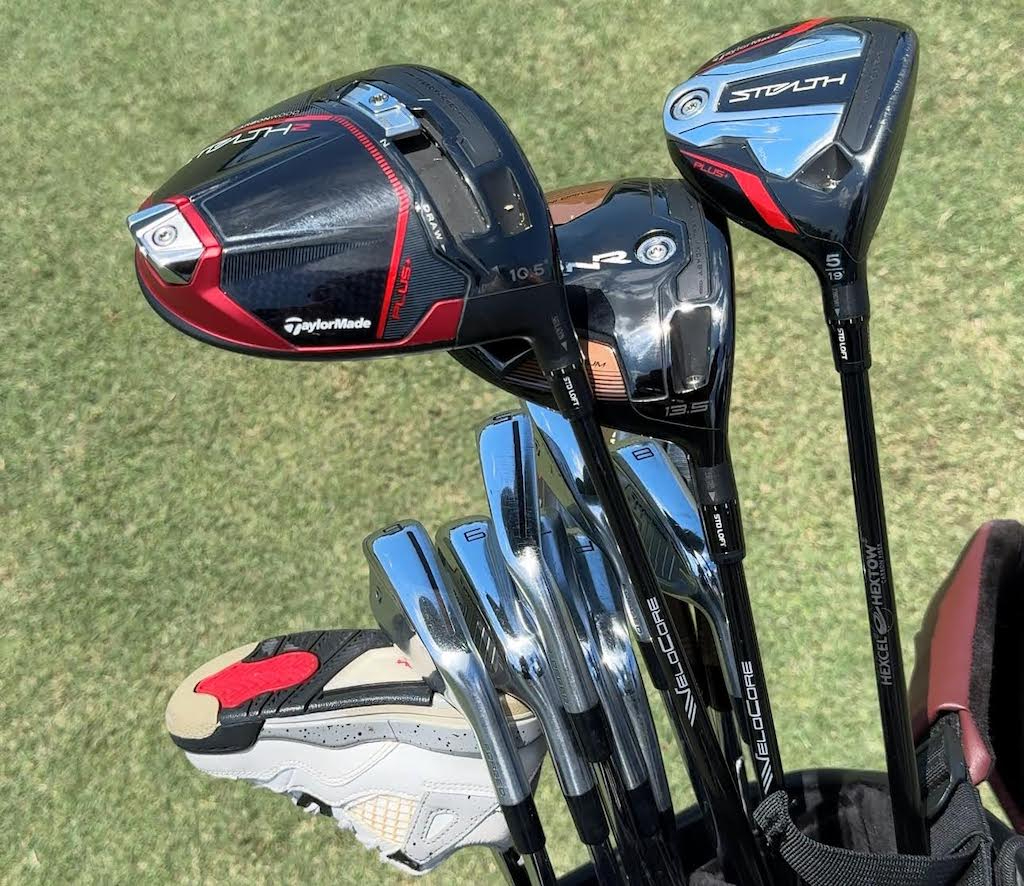
5-wood: TaylorMade Stealth Plus (19 degrees)
Irons: TaylorMade P790 (4-8, PW), TaylorMade P760 (9)
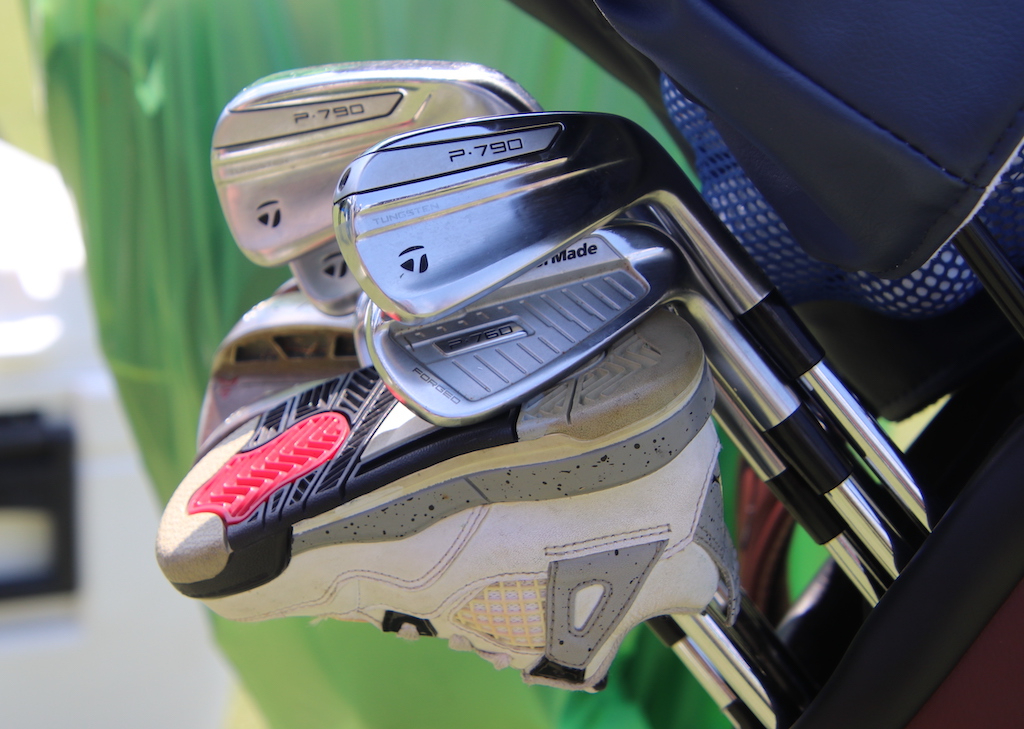
Wedges: TaylorMade MG Hi-Toe (52-09, 56-10, 60)
Putter: Scotty Cameron Select Newport 2 Prototype

Check out more in-hand photos of Drew Brees’ clubs here.
- LIKE1
- LEGIT0
- WOW0
- LOL0
- IDHT0
- FLOP0
- OB0
- SHANK0
-

 19th Hole2 weeks ago
19th Hole2 weeks agoDave Portnoy places monstrous outright bet for the 2024 Masters
-

 19th Hole4 days ago
19th Hole4 days agoJustin Thomas on the equipment choice of Scottie Scheffler that he thinks is ‘weird’
-

 19th Hole2 weeks ago
19th Hole2 weeks agoTiger Woods arrives at 2024 Masters equipped with a putter that may surprise you
-

 19th Hole3 days ago
19th Hole3 days ago‘Absolutely crazy’ – Major champ lays into Patrick Cantlay over his decision on final hole of RBC Heritage
-

 19th Hole2 weeks ago
19th Hole2 weeks agoTwo star names reportedly blanked Jon Rahm all week at the Masters
-

 19th Hole1 week ago
19th Hole1 week agoReport: LIV Golf identifies latest star name they hope to sign to breakaway tour
-

 19th Hole2 weeks ago
19th Hole2 weeks agoNeal Shipley presser ends in awkward fashion after reporter claims Tiger handed him note on 8th fairway
-

 19th Hole1 week ago
19th Hole1 week agoBrandel Chamblee has ‘no doubt’ who started the McIlroy/LIV rumor and why

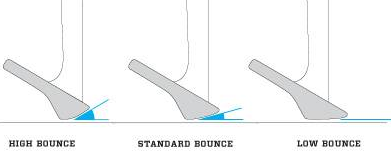
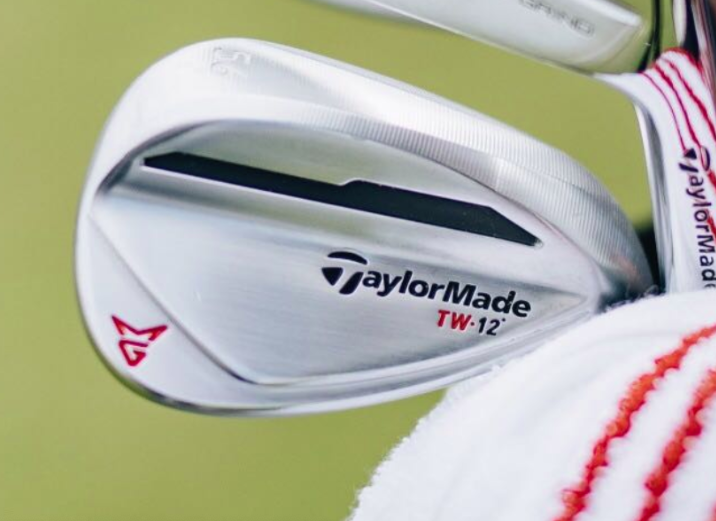


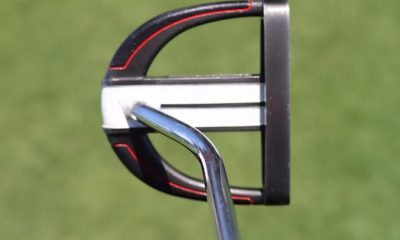







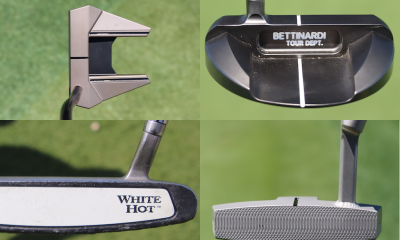

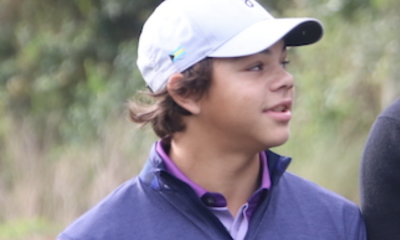

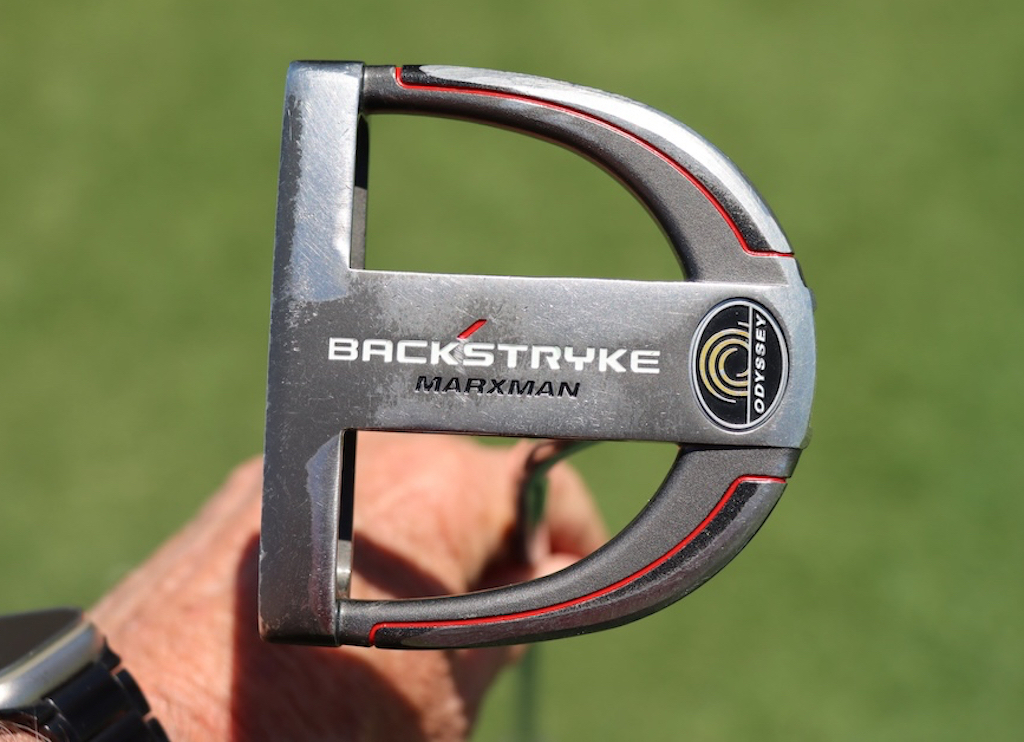









William King
Aug 19, 2019 at 7:02 am
First, turf and ground conditions alter and for many players who do not travel, this won’t matter that much. But even for those who do come across great variations in club/turf interaction, it may be better to stick with what you know and are confident with than to change to a club that may theoretically be better for the new conditions.
Secondly, the differences in sand are enormous from course to course, and from dry to wet. That may well make it a good idea to have two or more sand wedges with different bounces.
Harald
Aug 19, 2019 at 6:50 am
Very interesting and clearly stated information. But the expression is either ” guys and dolls ” (and long may Damon Runyon’s memory live), or “ladies and gentlemen”
Keep swinging
Mark Leonard
Aug 15, 2019 at 1:38 am
You mention “…you will benefit from a more aggressive bounce and/or wider sole than if you play the typically tighter ….”. Can you please explain what is meant by “aggressive” in this context?
Jack
Aug 15, 2019 at 3:23 am
Aggressive is high bounce. Cuz if you have a lot of bounce on a tight lie it would be hard to use the bounce without frequent thin bullets across the green. That’s my understanding.
It is confusing to name it that way. Just think high bounce and low bounce. And also effective bounce by how you deliver your chip shots.
Mel B Inglima
Aug 14, 2019 at 3:40 pm
The explanation of the bounce with its picture was helpful. The sole gets “rejected” by the turf. However, the grind discussion, without any picture was less clear.(Tiger’s club picture didn’t fully describe what was going on – I had to use my often wrong imagination!) I’m left to assume that unless I’m a plus handicap golfer or professional, just don’t worry about it! Correct?
As to trying different wedges on the course – whether the actual club you might buy or ones very similar – how do you accomplish this? I’ve found that equipment stores just do NOT want to lend out wedges. Pro shops may from time to time but they have far fewer choices.
So, help! How do I really try out several wedges before buying? I’m not happy with my current wedges but very unsure about buying new ones without significant testing. (I’m a single digit)
Thanks,
Wayne
Oct 17, 2019 at 1:23 pm
I was thinking exactly the same, this article didn’t help one bit, there isn’t much chance of being given a new wedge to go hit off artificial turf at a driving range, never mind being given one to take out and hit off real turf.
Surely there are guidelines to the type of bounce and or grind best suited to a very firm links course compared to a much softer inland course, the same for heavy compact sand or light fluffy type sand.
After reading the last paragraph I’m left wondering how on earth someone can use an online system to find the correct wedge.
Stacey Uchtman
Aug 14, 2019 at 3:31 pm
Do you think a player will “learn” a specific swing based on the wedges they carry? Meaning in the first wedges they carry, do you think they will adjust and learn to play them and eventually be comfortable with that particular bounce/grind making it difficult to move to another combination? Mainly around the greens and less on full shots.